Long-term partnership with Kyowa Kirin: Powerful success stories
Kyowa Kirin has fostered several long-term partnerships, and each enables us to do more than either could do alone to help patients waiting for treatments.
Explore the stories behind important work being done with Amgen, the La Jolla Institute for Immunology and Ultragenyx.

Our 3 partnership stories:

40 years: Driving innovation with Amgen
Our collaboration has changed medicine and improved lives.
On the day that would help create two companies, Kirin executives arrived from Japan at Amgen’s headquarters in Thousand Oaks, CA, carrying a case of Kirin beer. The proposed partnership could have taken many forms, but both companies agreed that true success could only come from a 50-50 joint venture. Together we formed Kirin-Amgen.
Partnerships
Products
Global Markets
Phase 3 studies
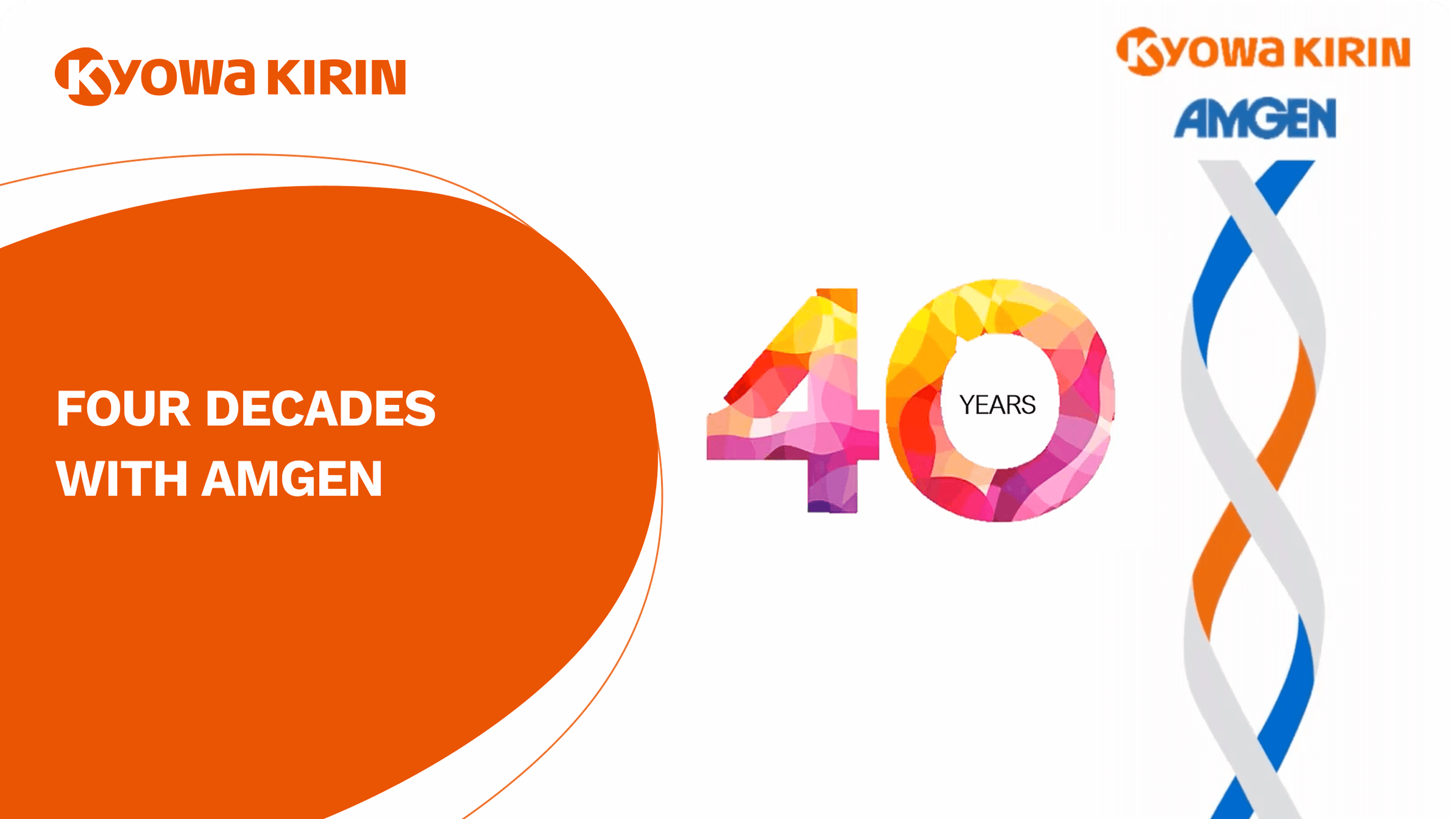
Kyowa Kirin and Amgen: A collaboration that has changed medicine and improved lives.
It is a 40-year partnership with 7 products in 100 plus markets, and 9 products in currently in Phase 3 studies.
The partnership began in 1984. Kirin Brewery wanted to diversify the business portfolio and find new ways to improve lives and communities. The aim: Apply Kirin’s expertise in fermentation, product supply, and manufacturing to new business areas.
Amgen – then Applied Molecular Genetics – was a small venture company, founded just four years earlier. . . And on the brink of sharing a discovery that could change medicine.
On the day that would help create two companies, Kirin executives arrive from Japan at Amgen’s headquarters in Thousand Oaks, California, carrying a case of Kirin beer.
The proposed partnership could have taken many forms; but we both agree that true success would only come with a 50-50 Joint Venture. Together, we formed Kirin-Amgen.
The Venture’s first breakthrough was already in the works . Amgen scientist Fu-Kuen Lin and his team found and cloned erythropoietin, a hormone made by kidneys to stimulate the production of red blood cells.1 If we could mass-produce erythropoietin, it could help millions of people suffering from chronic anemia . . . 2
“Our staff, from different sections, different labs, got together with their counterparts from Amgen. They met often and expressed their opinions freely. And we learned, from each other,” Koichiro Aramaki, Ph.D. , Former Chairman of Kirin Holdings Company, Limited.
Just six years later, in 1990, we did it. Amgen’s leading R & D capabilities plus Kirin’s manufacturing techniques and financial backing equals The successful mass production of human erythropoietin.
Kirin teams used technology and “know-how” from their brewery work to help build Amgen’s first roller-bottle manufacturing line on the Thousand Oaks campus.
Over the next 40 years, Kirin-Amgen brings even more new drugs to market. 40 years, 7 total new treatments. Together, we changed the standard of care and treatment for patients struggling with several blood challenges stemming from kidney disease, kidney dialysis, chemotherapy, and low-platelet counts.
One treatment is recognized as a leading-edge innovative Orphan Drug for illnesses with unmet needs.
We share costs, talent, expertise, and investments in clinical development, commercialization, and lifecycle management.
We also share the risks of investment. We complement each other’s regional footprint. But mostly, we support each other’s work.
What makes this an award-winning collaboration?
Executive Sponsorship
- Each CEO reinforces the importance of the collaboration
- Leaders meet often, even when there are no issues to address
- Each ensures they can represent the other’s perspectives
Embracing Wa
- All embrace Kyowa Kirin’s core value of Wa, or harmony in teamwork
- With complex decisions, all focus on the objective of helping patients, not just on the decision at hand – or what might be in each company’s immediate best interest
Cultural Symmetry as both companies share common values:
- Entrepreneurial spirit
- A drive to advance science
- Commitment to innovation
- Unyielding focus on improving the lives of patients
In-Person Meetings
- Semi-annual, all stakeholders
- All aspects of work reviewed, refined
- Alternate hosting to share in all
- Special events in Hawaii – “meeting in the middle” – to represent the compromises that need to be made in an alliance
It is a partnership recognized for excellence and one where everyone is a leader and focused on the patient.
And our collaboration continues. Today, our teams are working to develop and commercialize a potential first and only T-cell rebalancing therapy that inhibits and reduces pathogenic T cells by targeting the OX40 receptor.
1 Cleveland Clinic - Erythropoietin
2 National Center for Biotechnology Information- Physiology and Pharmacology of Erythropoietin

Seamless: 35 years of collaboration and breakthroughs with the La Jolla Institute for Immunology
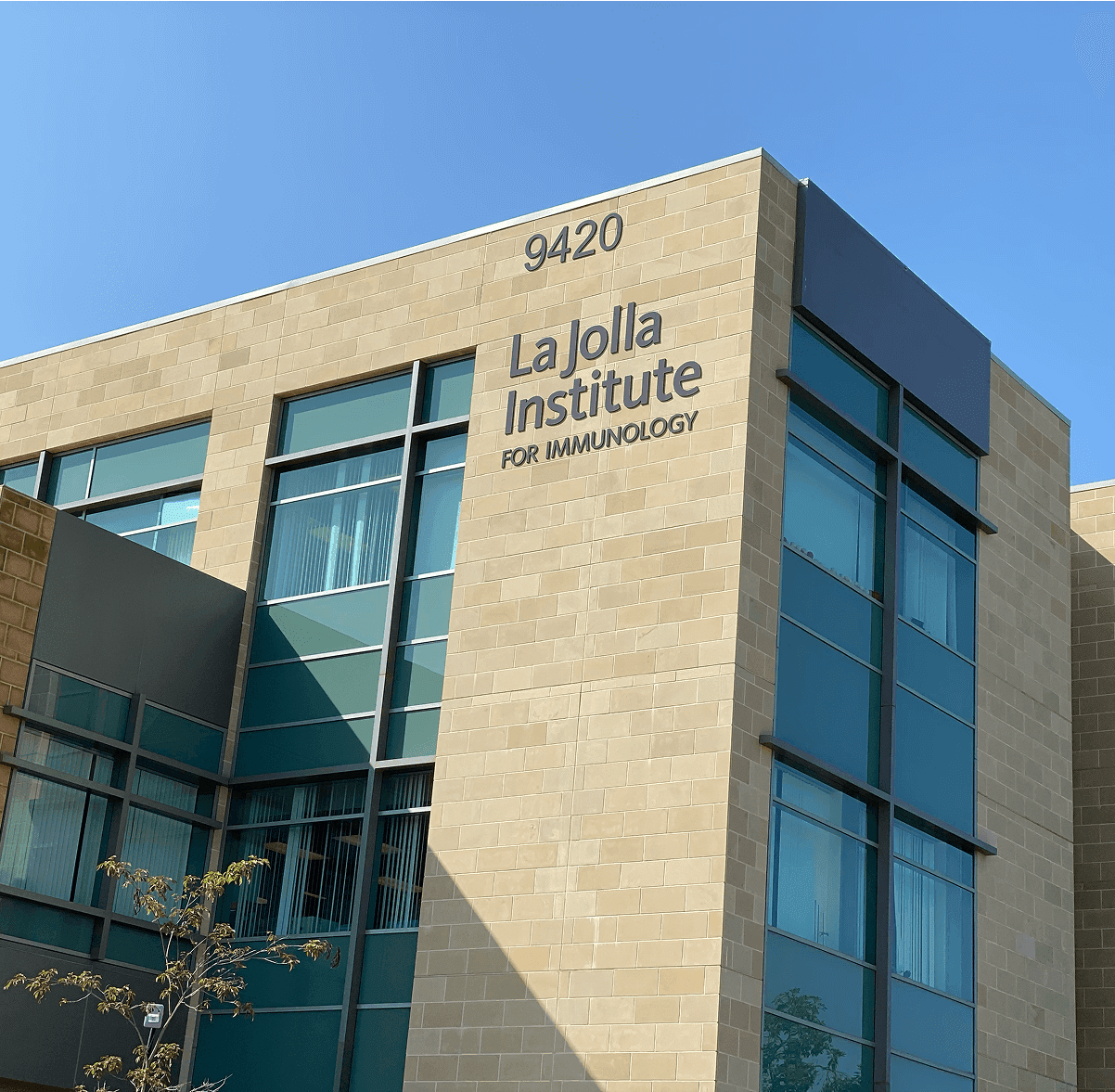
For 35 years, we have shared our research, our ideas, our results. And, together, we have driven advances that have helped reshape research and patient care. Ours is now the longest-running partnership of its kind in the world.
The open exchange of information enriches both teams through different types of thinking — fundamental research at LJI funnels into applied research at Kyowa Kirin.
What we’ve done together
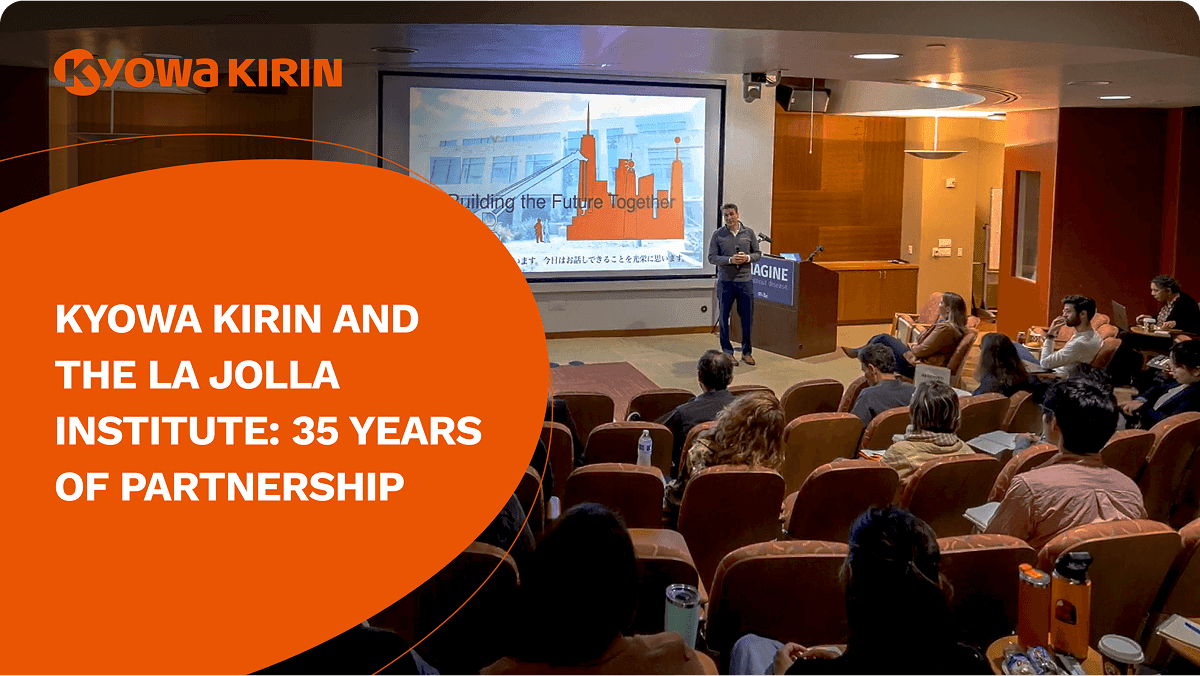
It all began when one Japanese immunologist, who wanted to establish a nonprofit research and immunology institute, Dr. Kimishige Ishizaka visited Kirin Brewery to look for a sponsor.
He had the concept of having a Research Institute that would be supported by a Japanese company, and it would provide the Japanese company with a window into the international research population that carries out science in the US.
The idea was that it wouldn't be a contribution to isolated labs, it would be a contribution to an institute.
At that time, Kirin Brewery had already started a pharmaceutical business, but there were no products to sell, and the focus was on research and development.
Kirin's top management decided to sponsor such a Research Institute as one of its philanthropic activities.
There's an extraordinary entrepreneurial spirit that isn't anywhere else with pharma. The world's best basic and translational scientists, married together in this long-term relationship.
Scientists drive projects, drive ideas, which is unique in pharma, I believe. So, it's not that I wake up one morning, have a great idea and everybody has to work on it. But actually, the scientists driving the ideas. And that, I think, leads to innovation and high motivation of the team.
I was a tenured professor at UCLA, and I left that job to come here. The Dean of the Medical School said to me: “Mitch, why are you going to work for a beer company?”
And I said: “Dr. Shine” – a very eminent physician scientist – I said, “I said it's not a beer company, it's a Research Institute.”
The investment of care in LGI is the reason LGI exists.
That RFA, that discretionary funding, is the thing that has allowed LJI to build the most incredible intellectual richness. Because it was the extra funds that we needed to bring in the best minds, to keep them here. To give them that extra bit of funding they need that will either support their salaries and have the freedom to turn on a dime and address an ask of Kirin, or that freedom to bring in a post doc. That is exactly what has created the vibrancy and the vitality that is fueling the incredible innovation in this building.
I'll give you a really clear example. That funding supports the salary of one of our faculty.
It gave him the freedom to bring in a young researcher who built tools that can look at how the thousands of immune genes are modulated on and off, like all the little switches and an equalizer of a sound system.
And because he has that tool now, you can turn it in any direction.
And so Kirin says, well, there's this kidney disease that, you know, every Japanese school child is screened for, and nobody knows where it comes from, and nobody knows how to treat it. Can you help?
And Fiji says, yes, I can.
And he uses that tool that was built because of this environment that Kirin helped create in order to say, here are the differences, here are the targets, here you go.
Here's what you need to look at.
We enrich each other through our different types of thinking.
They enrich us through their focus on getting to the point of a of a drug of something that can be given to patients.
LJI has the state-of-the-art equipment, technology, expertise to support innovative research, which include bioinformatics, cryo-EM, next generation sequencing and so on.
Our collaboration is expanding not just drug discovery proposal, but also utilization of LGI's excellent core facilities.
We've come up with multiple targets for IgA nephropathy and we've got projects in leukemia, so many different human diseases at every stage of the pipeline with growing richness all the way.
And actually, we have several successful projects, collaboration projects, including the OX40 antibody and light antibody, which are both in clinical trials now.
In addition to OX40 antibody, the partnership between LJI and Kyowa Kirin has yielded many results, including CD40, antibody, light antibody, DL3, DCR 3 and so on.
So I'm very hopeful that some of those projects will result in clinical POC.
We have new directions and new tools that never existed for science before, but are all right here in this building, this house that we share together.
We are now ready at this point to not just look backward, but launch each other forward in the discovery of so many new ways to create better patient health.
It's been a long, beautiful ride. We've always gotten along really well together, that we've discovered things that are actually helping human lives, saving human lives.
It's been a wonderful 35 years, and I'm looking forward to another 35 right after this.
These are indelible experiences that we've had and friendships and relationships.
It is my hope that this partnership will continue to be most valued in the future, a value that cannot be possessed for KKC by research conducted only in Japan.
Science doesn't rest. Science progresses. Relationships have and have to evolve. It's like a good marriage. And so I think the future is very bright for us, for both institutions and for both partners.
Today is a really exciting day. It's not just because we're celebrating the longest partnership in existence between a pharmaceutical company and an academic institute. It's not just that golden anniversary where we look back.
This is the day where we can look forward because now that we have built this beautiful partnership where both sides have evolved to perfectly fit and function together, this relationship that doesn't exist anywhere else, we are ready to now explode forward.
We’re like family. It’s a beautiful symbiotic relationship, and I think there’s no other like it in the world. We’re going in new directions. Because we have evolved for 35 years to perfectly fit and function together, we’re going to find the most stunning new discoveries and ways to help patients and help people with our new focus and our new spirit.
Erica Ollmann Saphire, PhD, MBA

Our partnership with Ultragenyx
As many good stories do, ours began with a chance encounter.
One patient and two curious researchers in the same hospital would lead to the development of a new therapy for patients previously struggling with a rare and baffling disease. It also would lead to a corporate partnership between Kyowa Kirin and Ultragenyx that would change lives around the world.
The timing was 1999-2000. The patient had been admitted to the University of Tokyo Medical School Hospital with complaints of bone pain and muscle weakness and was diagnosed with a rare disorder — tumor-induced osteomalacia (TIO). Kyowa Kirin scientists, working on location, realized the patient had low serum phosphate levels in their blood and set off to determine why.
They established that in patients with TIO, small tumors could cause the body to produce too much of the protein fibroblast growth factor 23 (FGF23), which then prompts the body to excrete more phosphorus than it should.
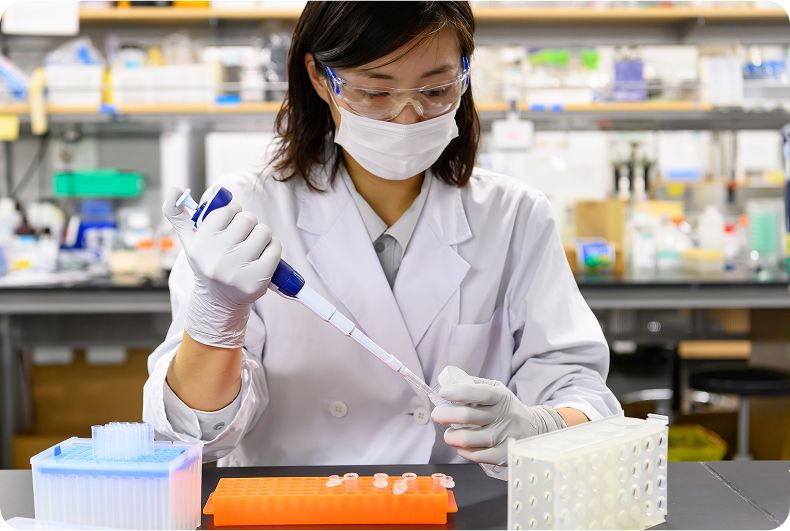
Researchers now understood what was happening. But, what to do about it? Kyowa Kirin scientists took the discovery, and a year later, succeeded in generating an antibody that binds to the FGF23 protein.
This led to the development of a treatment that would have application for two rare diseases — X-linked hypophosphatemia (XLH) and tumor-induced osteomalacia (TIO).
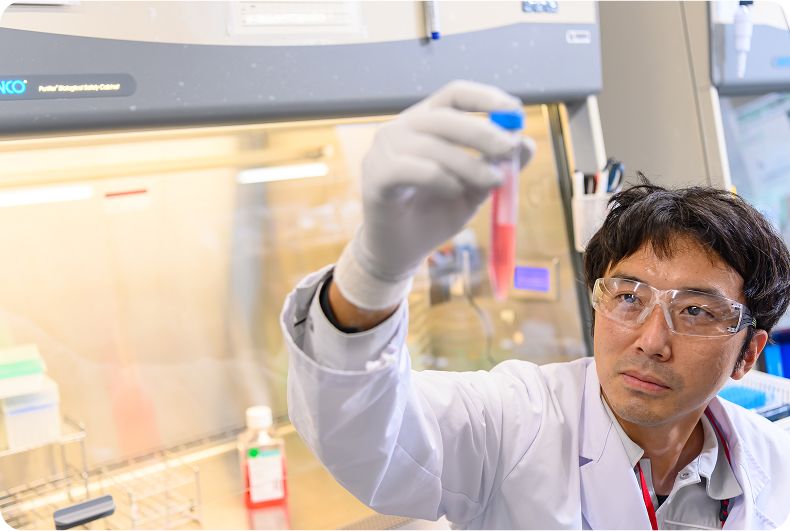
The next key step was forging a partnership with Ultragenyx.
“In 2013, Ultragenyx was very much a startup. We had about 30 people on the team, including seasoned veterans with deep expertise in rare disease drug development. Kyowa Kirin had a promising drug and needed a team with rare disease expertise to bring it over the finish line, and they were willing to give us a chance. We at Ultragenyx were eager for this opportunity and took the responsibility very seriously because we understood the gravity of these debilitating diseases,” said Vimal Srivastava, Ultragenyx SVP of Business Development and Alliance Management.
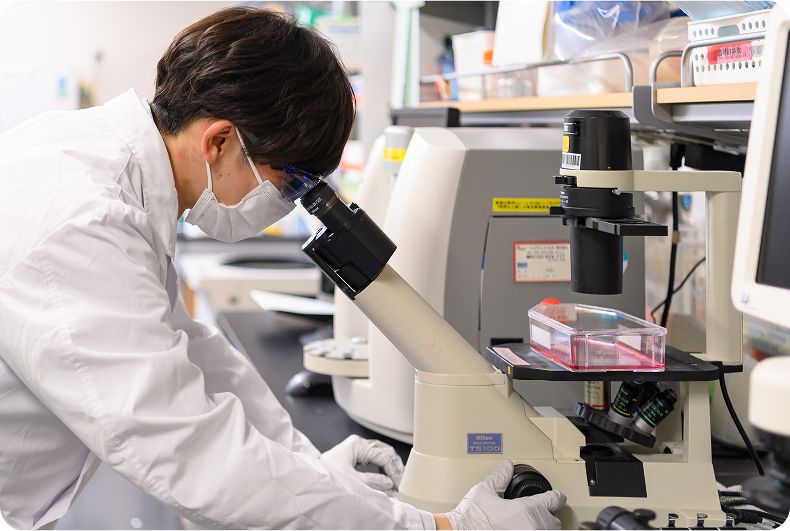
And so, the partnership was formed, with Ultragenyx charged with hastening clinical studies of the drug in the United States.
“There were leaders in both organizations who believed in this medicine and wanted to drive its development as quickly as possible to meet patient needs,” Alison Skrinar, Ultragenyx VP of Endpoint Development and Strategy.
“With that in mind, the partnership deal with Kyowa Kirin put us in charge of clinical development and held us to a series of aggressive timelines. We had to be incredibly efficient with our decision making to ensure we didn’t fall behind on our milestones.”
“I think that efficiency mindset helped establish our company culture of acting thoughtfully but expeditiously on behalf of people living with rare disease.”
Under the partnership, Ultragenyx took commercial responsibility in the U.S., Canada, Latin America and Turkey, while Kyowa Kirin leveraged its global footprint and capabilities to commercialize across Europe, Asia, Australia and the Middle East in addition to global manufacturing and distribution.
Throughout this partnership, both companies shared data, learnings and patient insights to improve their mutual goal of educating healthcare providers, patients and caregivers. They also grew — together and as individual companies — building their expertise and commitment to patient engagement.
“Our work together cemented the critical need to really engage with patients, understand their needs, struggles, symptoms and their hopes. Together, I think both our companies, became stronger, and that will have a lasting impact on the patients we aim to serve,” said Richard Wilson, Kyowa Kirin, Senior Vice President, North America, and Rare Disease Franchise Head.
In 2023, as part of the original vision for the partnership, Kyowa Kirin assumed primary commercial leadership in the United States and Canada. At this point, Kyowa Kirin had experienced significant growth and added the talent, technology and infrastructure needed to manage a successful rare disease business on our own.
The next key advancement in the story was the smooth transition of the drug from one partner to the other. Success was rooted in mutual respect, trust and commitment to doing what was best for the patient.
“The transition of commercial responsibilities took detailed planning and coordination, but the outcomes are very positive. Our teams feel inspired by the patients we’ve met and we continue to believe that we can help more people living with XLH and TIO,” Wilson said.
Steve Schaefer, President, Kyowa Kirin, North America, said: “Our collaboration with Ultragenyx has been a great success for children and adults living with XLH and TIO. Ultragenyx’s contributions were instrumental in expediting late-stage trials, securing regulatory approval, and delivering treatment to thousands of patients.”
“Kyowa Kirin intends to build on the successful launch and broad access that’s been established, as well as the learnings we have from working alongside XLH and TIO communities around the world, to bring more research, education and support to patients in North America,” he added.
Today, the collaboration continues as both companies seek additional opportunities to combine their strengths to help patients.
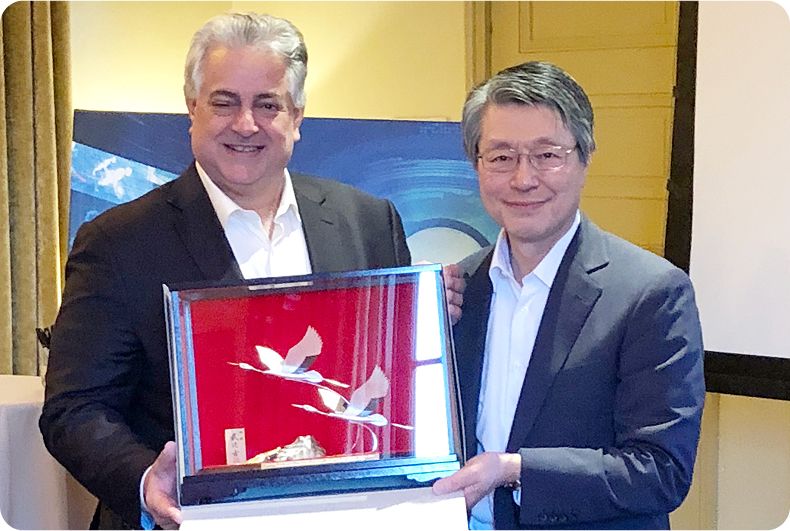

Looking to partner with us?
We are looking to work with organizations who are as passionate as we are about helping to transform the lives of patients.